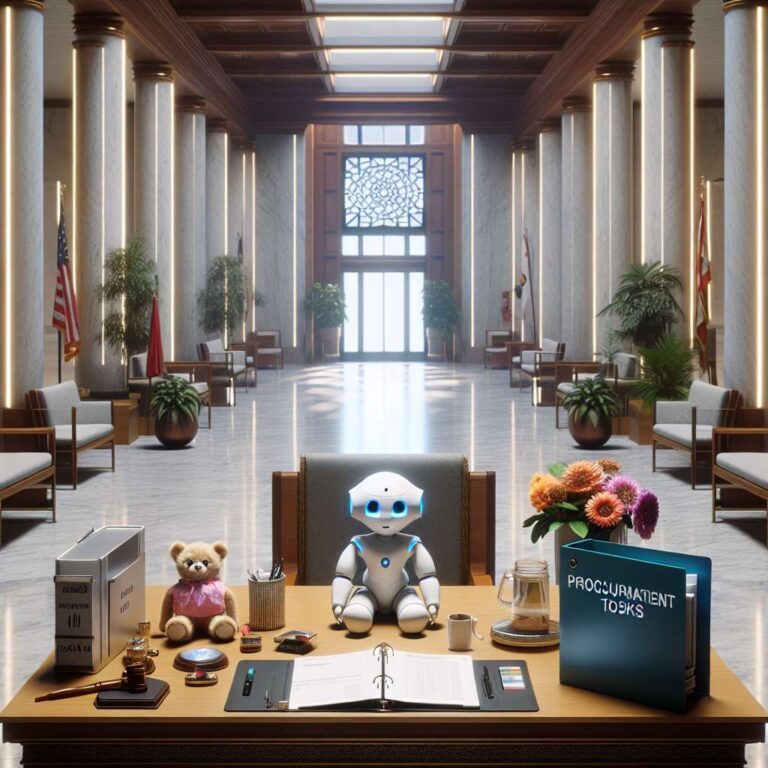The Artificial Intelligence hype index aims to separate reality from fiction at a time when millions of people use chatbots daily without fully understanding how they work or how they affect users. The snapshot underscores a clear tension: rapid mainstream adoption on one side and significant uncertainty on the other about reliability, impact, and oversight.
In a sign of growing scrutiny, the Federal Trade Commission has opened an inquiry into how chatbots affect children and teenagers. The move highlights concerns about potential harms and the need to understand how these systems shape behavior and experiences for younger users. While many questions remain, regulators are signaling that closer examination of the technology’s effects, especially on minors, is becoming a priority.
OpenAI, meanwhile, is offering more visibility into what people use ChatGPT for and why the company believes its large language models are prone to making things up. That disclosure push suggests a recognition that transparency about usage patterns and the roots of fabrication is essential to building trust. It also reflects a shift toward explaining model behavior rather than only showcasing new capabilities.
Despite the unknowns, governments are moving ahead with Artificial Intelligence projects. In the United States, RFK Jr. is encouraging staffers to use ChatGPT, illustrating how political operations are experimenting with chatbot tools. Abroad, Albania is deploying a chatbot to support public contract procurement, signaling interest in automating parts of government workflows. The overall message is clear: momentum is strong, but the industry and its public-sector adopters should proceed with caution.

